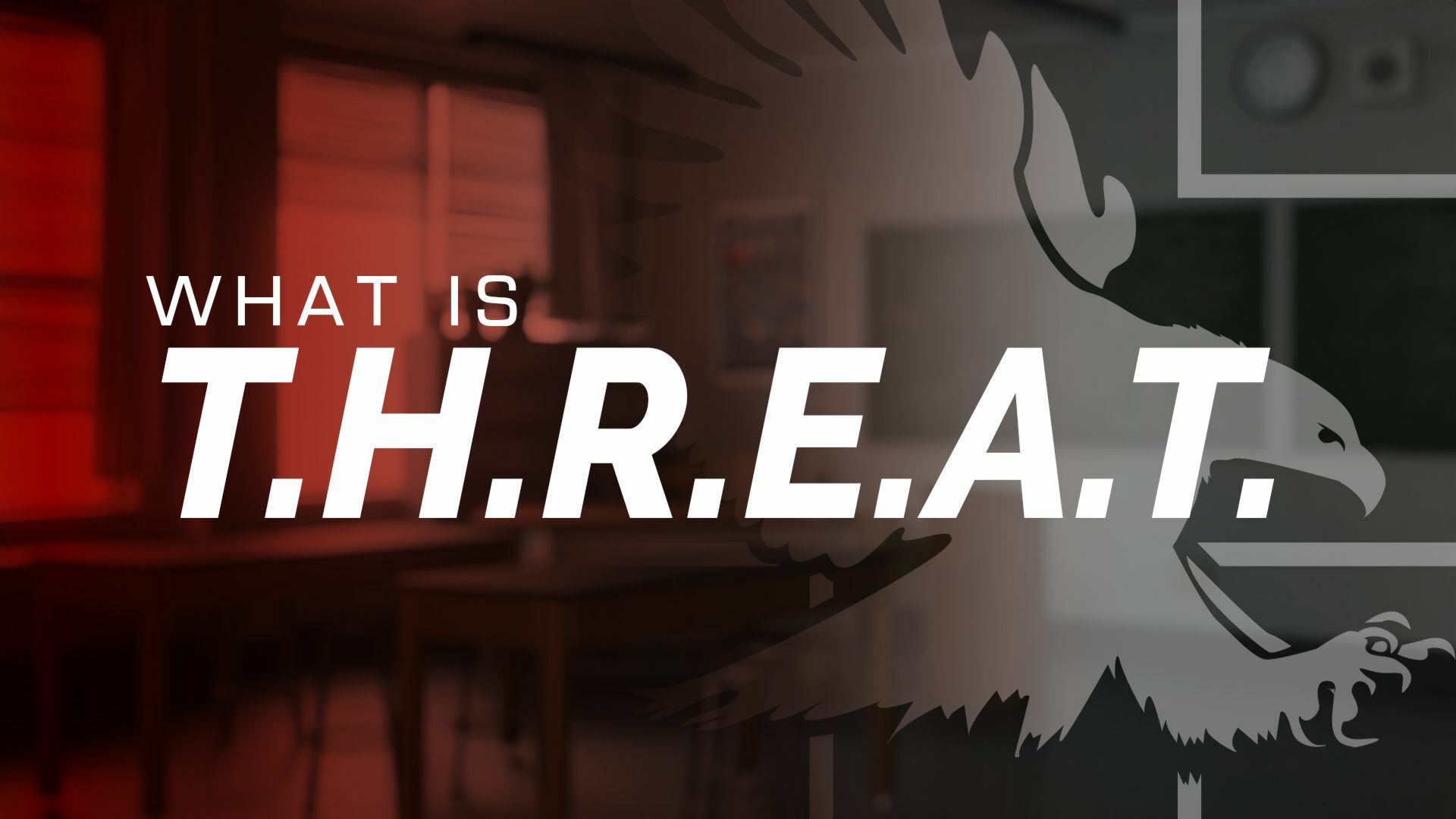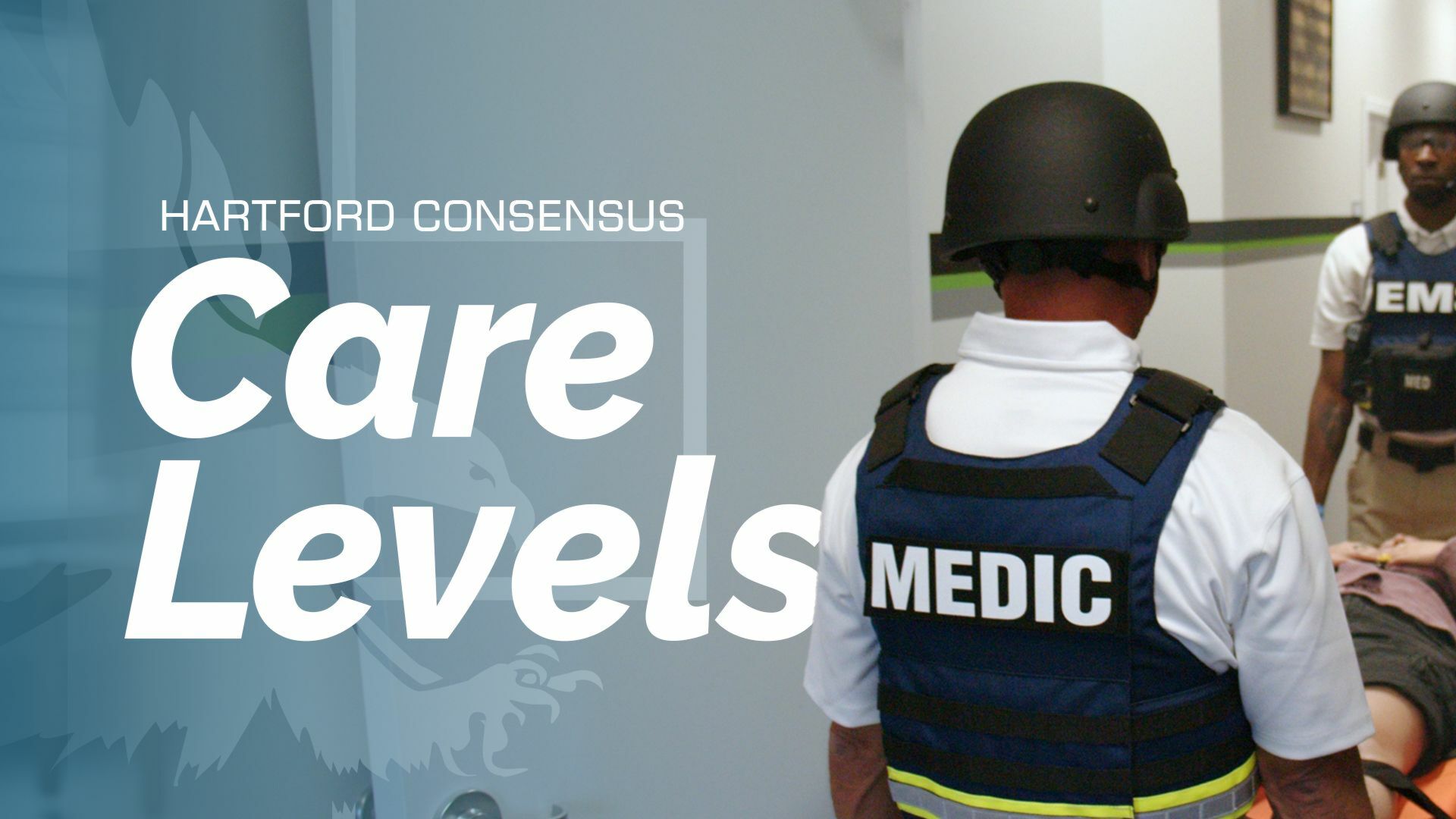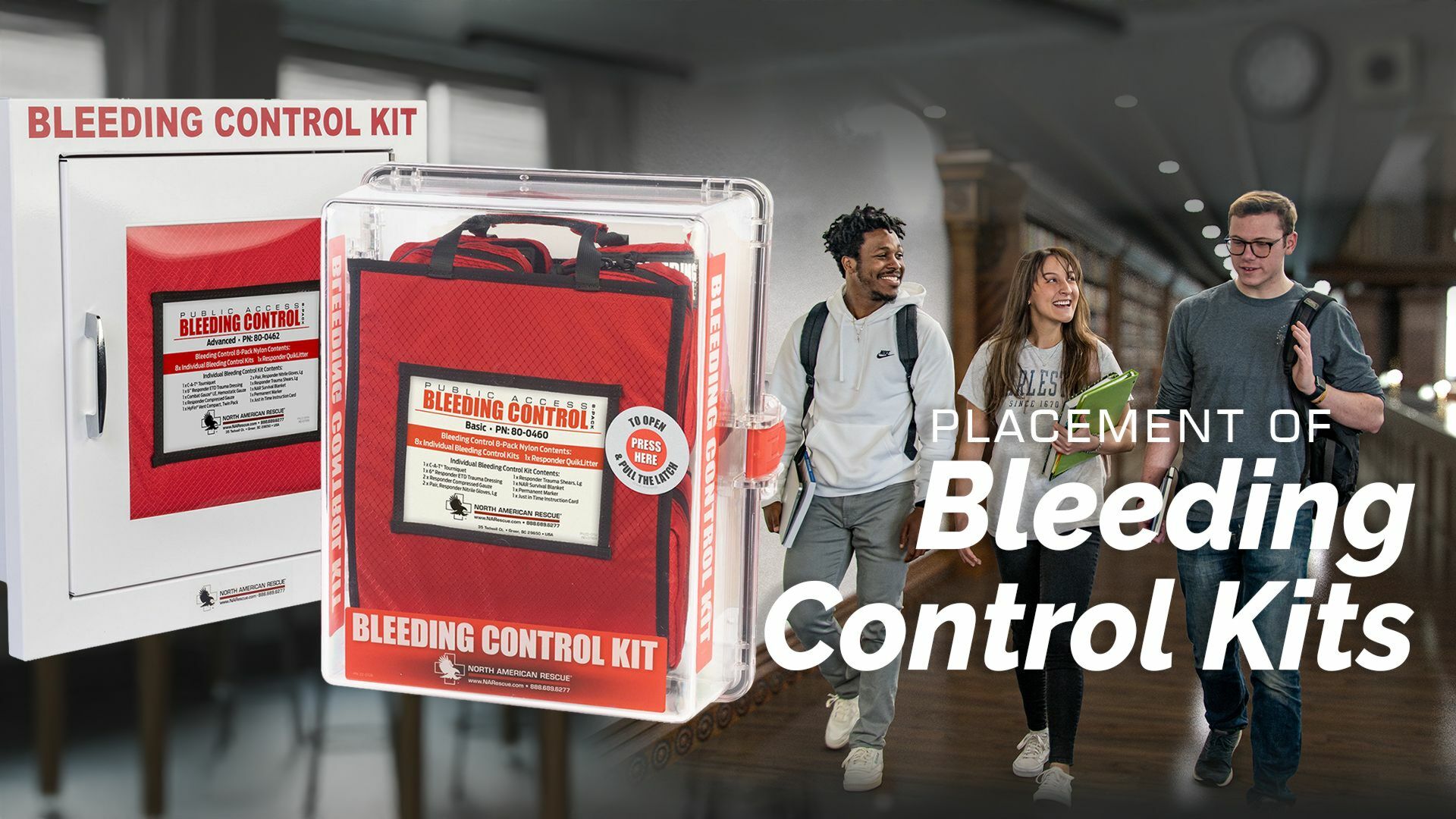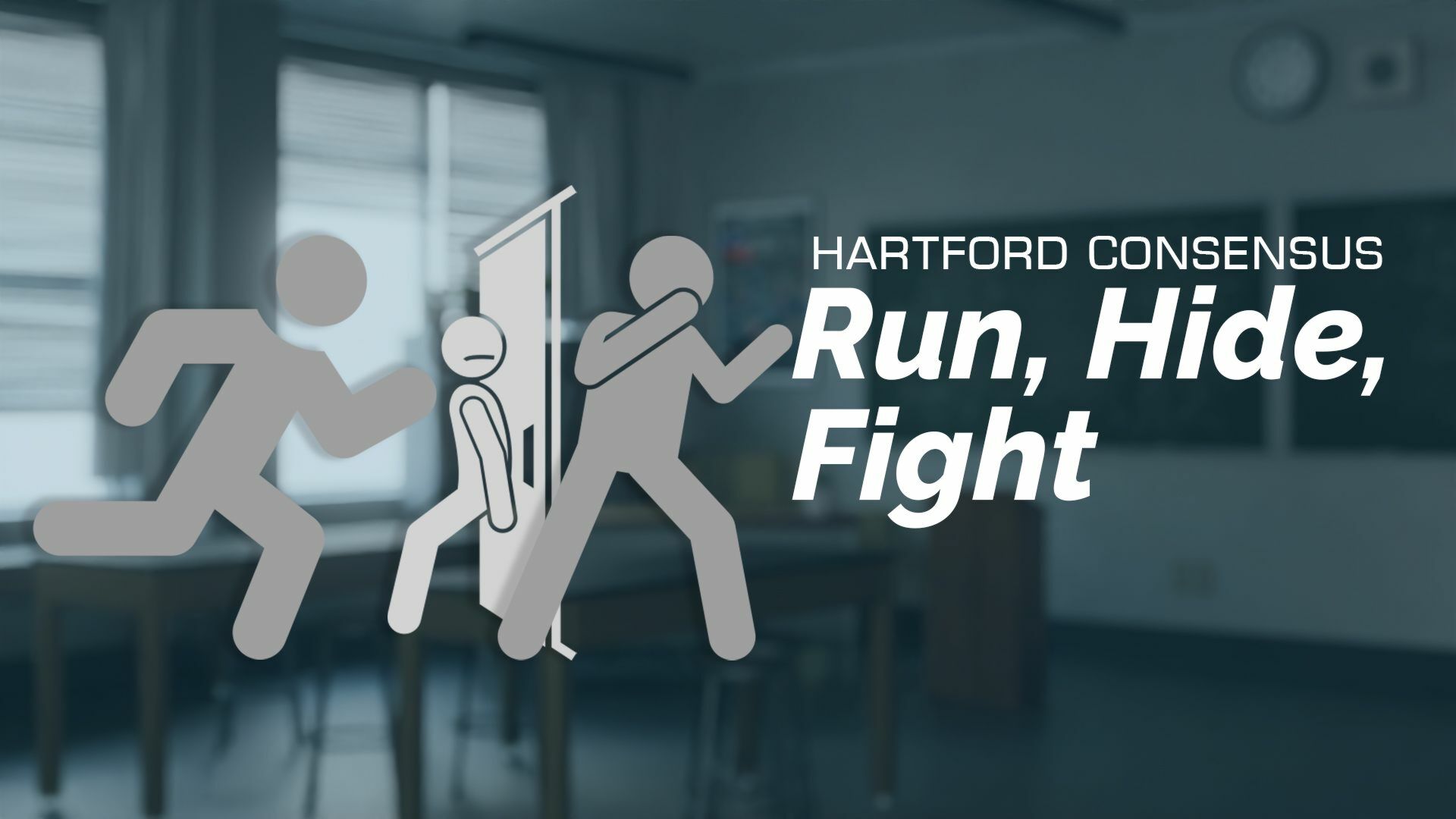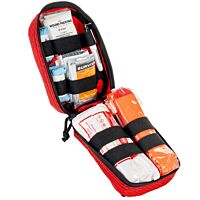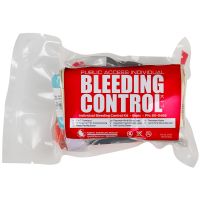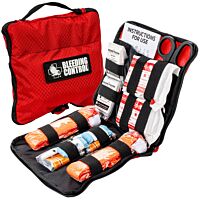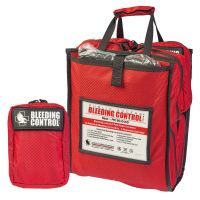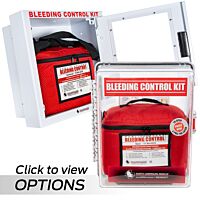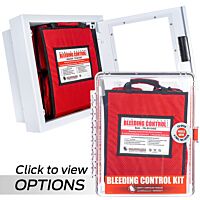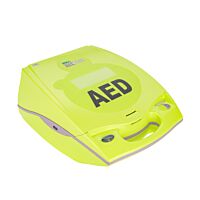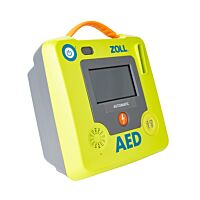T.H.R.E.A.T.
The acronym T.H.R.E.A.T. was developed out of this meeting as a way for state, local, EMS, fire, and law enforcement to all take a similar look at casualties during a mass casualty incident or an active shooter incident.
So what does T.H.R.E.A.T. stand for?
Threat Suppression
Hemorrhage Control
Rapid Extraction to Safety
Assessment by medical providers
Transport to definitive care
Threat Suppression
What this acronym does is it gives us a guide for priorities of care during a mass casualty incident. So number one is you want to stop that threat.
Hemorrhage Control
The second thing you want to do once that threat is stopped is you want to stop bleeding. Again, remember, a major bleed, someone can bleed out in as little as two to three minutes. So you need to stop that bleeding as soon as safely possible.
Rapid Extraction to Safety
After that, you want to extract those patients to safety. You want to get them out of harm's way and get them to an area where you can safely treat them.
Assessment by medical providers
Next up, is an assessment by a medical provider. So that's where you have your EMS providers or any of your pre-hospital team that's going to assess.
Transport to definitive care
And then we're going to rapidly get those patients to a hospital as quickly as possible.
Additionally, in Hartford Consensus 1, they all agreed that there should be a system of joint protocols. There should be a shared definition of terms, so all agencies that might respond to an active shooter event are all using the same terms, and similar protocols. And then, most importantly, these need to be rehearsed across agencies. So EMS, law enforcement, federal agencies, fire, everybody needs to rehearse these protocols and what to do in a mass casualty shooter event.

